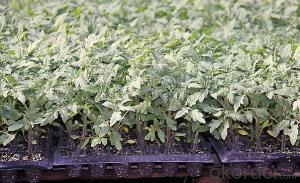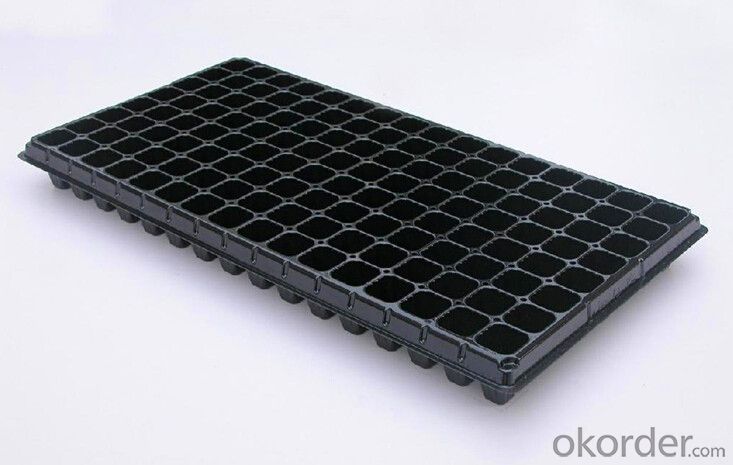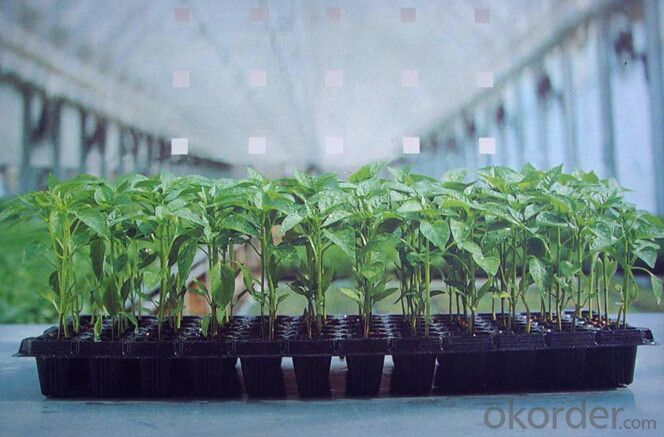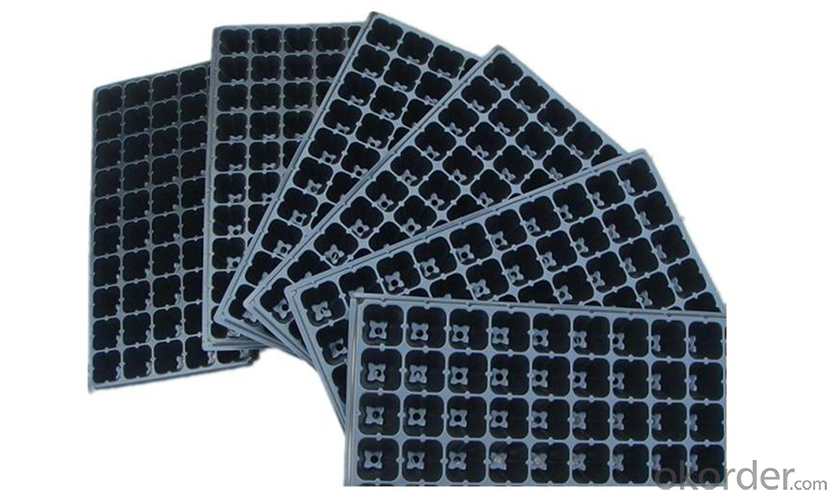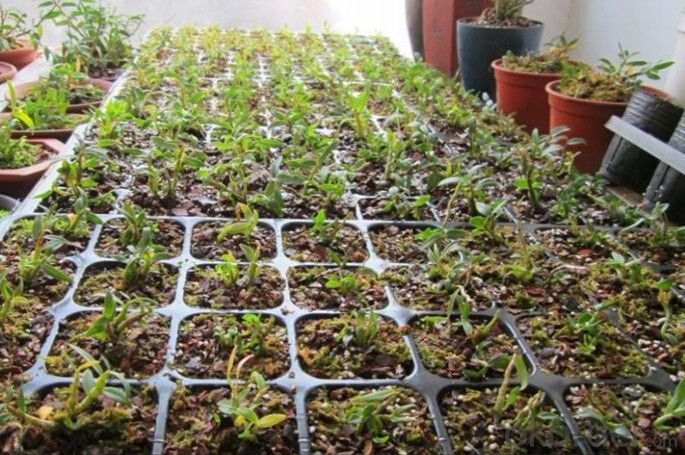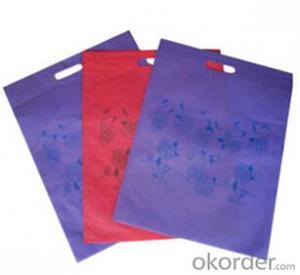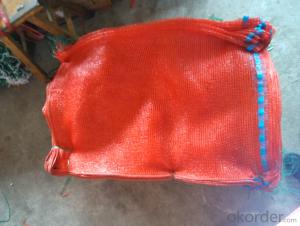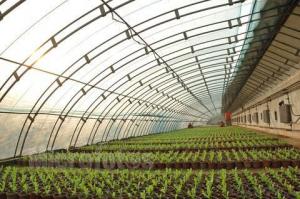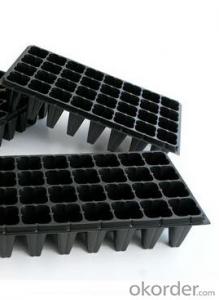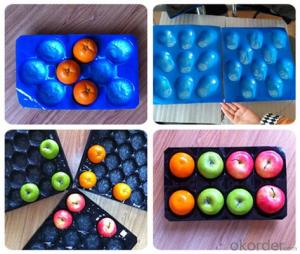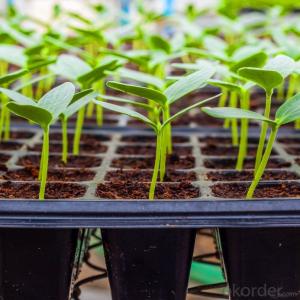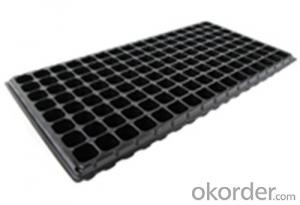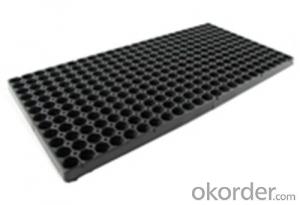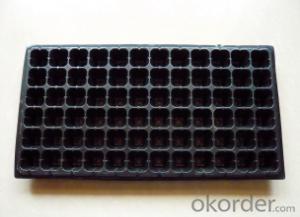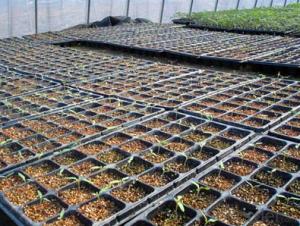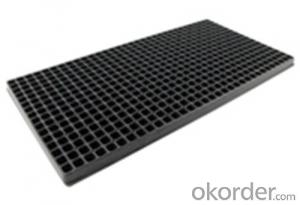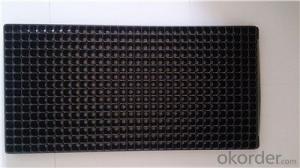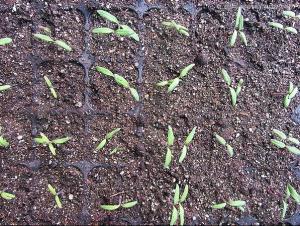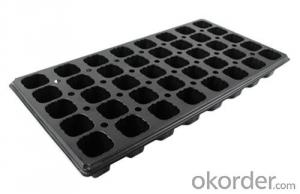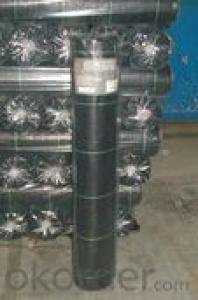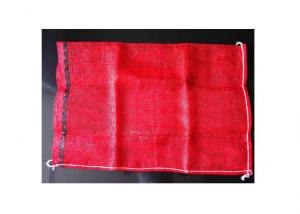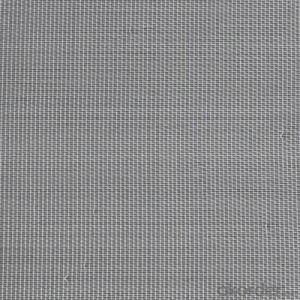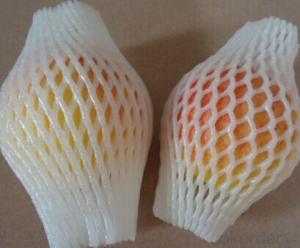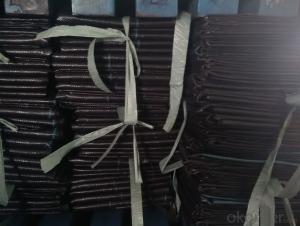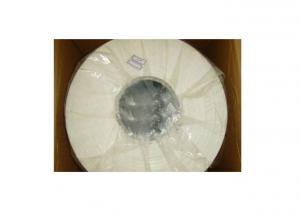32 Plastic Nursery Tray&Lids Plastic Nursery Seed Plug Trays for Propagation
- Loading Port:
- China main port
- Payment Terms:
- TT OR LC
- Min Order Qty:
- 3000 pc
- Supply Capability:
- 2000000 pc/month
OKorder Service Pledge
OKorder Financial Service
You Might Also Like
Specification of Plug Trays HIPS Made Plastic Plug Tray for Greenhouse (Growing and Seedling):
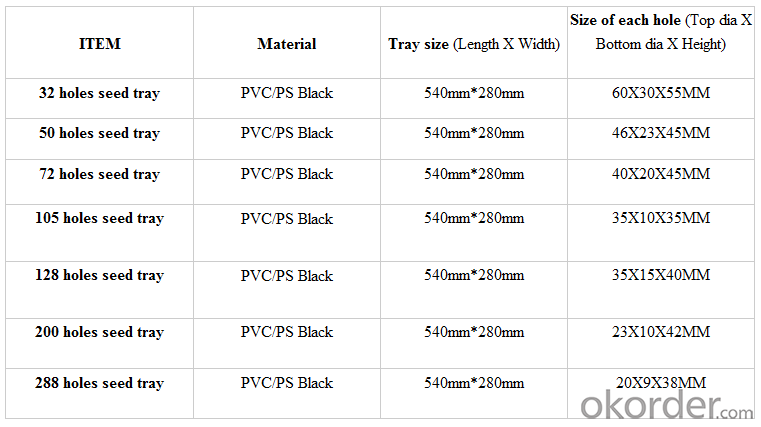
Features of Plug Trays HIPS Made Plastic Plug Tray for Greenhouse (Growing and Seedling):
· Material: HIPS
· Thickness: 0.5mm-1.5mm, Standard:1mm
· Weight: 80g(±5)g-230g(±5)g, Standard weight:155g(±5)g
· Size: length:490mm-540mm, width:190mm-345mm,depth:25mm-150mm
· Standard:540mmX280mm
· Cell count: 18-512
· Package: In Carton
· Warrenty: 8-10 times
Packaging & Delivery
Packing Detail: export standard carton or large bags
Delivery time: 4 million per momth after receipt of deposit
Advantage:
Waterproof, UV-resistant, extrusion-resistant
Easy carry for young seeding plant and grow
Service:
1. Quick, efficient and professional response within 24 hours, 14 hours online services
2. 10 years manufacturing and exporting experience in agriculture field.
3. Technical support and solution by chief engineer.
4. Strict quality control system & team, high reputation in the market.
5. Full range of irrigation products for choice
6. OEM/ODM services
7. Accept sample order before Mass Order
Picture of Plug Trays HIPS Made Plastic Plug Tray for Greenhouse (Growing and Seedling):
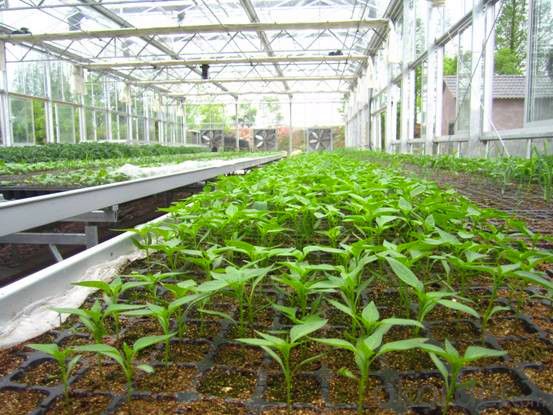
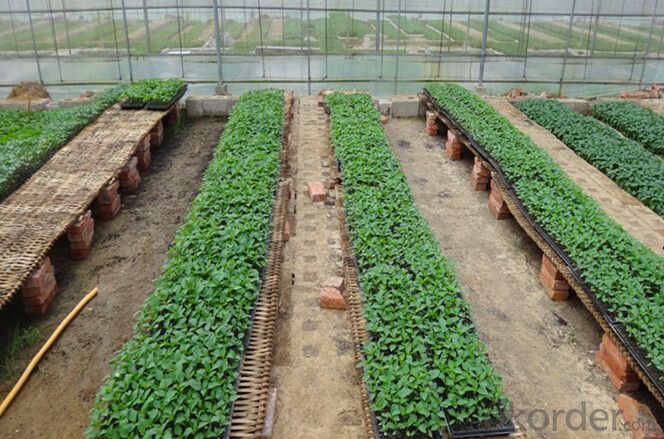
FAQ of Plug Trays HIPS Made Plastic Plug Tray for Greenhouse (Growing and Seedling):
Q: 1.How long is the production time?
A: Usually one to two weeks.
Q: 2.How is the seed tray being packaged?
A: They can be packaged in carton or pallets. Carton size is 1375px*725px*1250px.
Q:3.How many times can the seed tray be used?
A: Under the same environment, it is decided by the thickness. Usually 0.6mm thickness can be used for 1 or 2 times.
1.0 thickness can be used for 3-4 times. 1.5 thickness can be used for 8-10 times.
- Q: What is the best ground cover for attracting butterflies?
- One of the best ground covers for attracting butterflies is the Butterfly Weed (Asclepias tuberosa). It is a native perennial plant that produces vibrant orange flowers, providing nectar for adult butterflies. Additionally, its leaves serve as a host plant for caterpillars, making it an excellent choice for supporting the entire life cycle of butterflies.
- Q: I'm not gonna do it, but how does it go wrong and how does plastic surgery work?
- Plastic surgery where? It goes wrong like any surgical process. Not sure what you mean how does it work. Do you have a specific one in mind?
- Q: Is recycling plastic difficult? I was at Lowe's the other day, and they had a recycled plastic tote. It was half the price of the same size non-recycled tote. I thought about buying it, but the texture was rough and sand papery, and there was this noxious odor emanating from it that actually made me cough a few times (I wasn't being dramatic, I was alone.) So in my head I thought to myself, is recycled plastic actually difficult to produce into a tolerable product, or are the big plastic companies trying to make me think this to make me shy away from recyclables, because both totes were made from the same manufacturer.
- In general it is easy and inexpensive to recycle plastic. Your experience with the tote is strange and I wonder what was really being sold? To recycle plastic it is separated by type. PE. PP,PET and PETG are the most common packaging materials. Next comes the hardest part, which is removing all the labels and residues. Once the plastic is clean you just grind it into little bits and melt it to form pellets that can be melted and formed into new stuff. The amount of energy to do this is minimal. The plastic is not quite as strong, and cannot be made white or clear, but it is fine for many uses. These totes sound strange. Why would they have the rough texture, and the odor indicating a volatile outgassing? Plastics used for packaging do not outgas. Perhaps some new process that uses glue to bind dissimilar plastics? Best to leave those on the shelf.
- Q: Can ground cover plants be used to create a green roof?
- Yes, ground cover plants can be used to create a green roof. These low-growing plants provide excellent ground cover and can be planted on rooftops to enhance aesthetics, reduce stormwater runoff, improve air quality, and provide insulation. They also help to reduce energy consumption and contribute to urban biodiversity.
- Q: What are the regulations in China regarding the disposal of used waterproofing materials?
- <p>Yes, China has regulations on the disposal of used waterproofing materials. According to the 'Environmental Protection Law of the People's Republic of China' and the 'Solid Waste Pollution Environmental Prevention Law,' used waterproofing materials are classified as solid waste. These laws mandate that solid waste must be disposed of in an environmentally friendly manner, prohibiting arbitrary dumping. Specific regulations may vary by region, and local environmental protection bureaus enforce these rules. Disposal methods often include recycling, centralized treatment, or safe landfilling to minimize environmental impact.</p>
- Q: What are the different types of agricultural plastic adhesives and sealants?
- There are several types of agricultural plastic adhesives and sealants available in the market. Some common ones include polyurethane adhesives, epoxy adhesives, acrylic adhesives, and silicone sealants. Each type has its own specific properties and applications, such as bonding plastic materials together, sealing gaps and cracks, or providing waterproofing capabilities. The choice of adhesive or sealant depends on factors like the type of plastic being bonded, the environmental conditions it will be exposed to, and the desired strength and flexibility of the bond.
- Q: What are the benefits of using plastic vineyard posts in grape cultivation?
- Using plastic vineyard posts in grape cultivation offers several benefits. Firstly, plastic posts are more durable and long-lasting compared to traditional wooden posts. They are not susceptible to rot, decay, or insect damage, making them a cost-effective investment over time. Additionally, plastic posts are lightweight and easy to handle, reducing the labor required for installation and maintenance. They also provide excellent support for grapevines, ensuring proper growth and minimizing the risk of breakage during heavy winds or storms. Plastic posts are also resistant to moisture, which is crucial in vineyard environments prone to dampness. Overall, plastic vineyard posts offer superior longevity, convenience, and reliability, making them a preferred choice for grape cultivation.
- Q: Are nursery trays UV resistant?
- Yes, nursery trays are typically UV resistant.
- Q: i want to make plastic hair for action figures.
- There okorder / For action figure hair, it might just be smart to purchase nylon fiber or other types of plastic fibers from your local craft store and customize them to fit the action figure. If you are looking to go more into production though, custom molds can be made by local machine shops, and that would be a good place to start as well. Good luck!
- Q: What should I do with the waste plastic bags?
- With the increasing consumption of plastic products, waste plastics are also increasing. At present, China's waste plastics are mainly plastic film, plastic silk and woven goods, foam plastics, plastic packaging boxes and containers, plastic products for daily use, plastic bags and agricultural film. In addition, China's annual consumption of plastic vehicles has reached 400 thousand tons, electronic, electrical and household appliances supporting the annual consumption of plastic has reached about 1000000 tons, these products become a waste of waste plastics after an important source. It is understood that in 2004, domestic waste plastics have reached about 11 million tons. These waste plastics storage, transportation, processing, application and post-processing, if not appropriate, will inevitably damage the environment and endanger people's health.
Send your message to us
32 Plastic Nursery Tray&Lids Plastic Nursery Seed Plug Trays for Propagation
- Loading Port:
- China main port
- Payment Terms:
- TT OR LC
- Min Order Qty:
- 3000 pc
- Supply Capability:
- 2000000 pc/month
OKorder Service Pledge
OKorder Financial Service
Similar products
Hot products
Hot Searches
Related keywords
